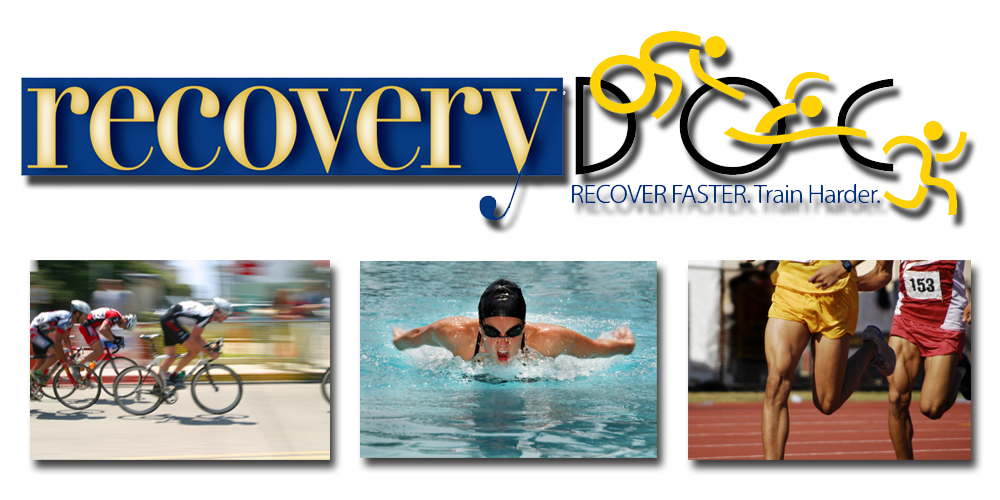How to treat hamstring injuries, pulls, and strains
By Elizabeth Quinn, About.com Guide
About.com Health's Disease and Condition content is reviewed by the Medical Review Board
Hamstring injuries are common among athletes who play sports that require powerful accelerations, decelerations or lots of running. The hamstring muscles run down the back of the leg from the pelvis to the bones of the lower leg. The three specific muscles that make up the hamstrings are the biceps femoris, semitendinosus and semimembranosus. Together these powerful knee flexors are known as the hamstring muscle group. An injury to any of these muscles can range from minor strains, a pulled muscle or even a total rupture of the muscle.
Symptoms of a Hamstring Injury
A hamstring injury typically causes by a sudden, sharp pain in the back of the thigh that may stop you mid-stride. After such an injury, the knee may not extend more than 30 to 40 degrees short of straight without intense pain. Like most sprains and strains hamstring injuries are usually caused by excessive stretching (tearing) of muscle fibers or other soft tissues beyond their limits.
Severity of a Hamstring Injury
Hamstring strains are classified as 1st (mild), 2nd (moderate), or 3rd (severe) degree strains depending on the extend of the muscle injury.
Mild (Grade I) Hamstring Injury
•Muscle stiffness, soreness and tightness in the back of the thigh.
•Little noticeable swelling.
•A normal walking gait and range of motion with some discomfort.
•Flexing the knee to bring the heel up
Moderate (Grade II) Hamstring Injury
•Gait will be affected-limp may be present .
•Muscle pain, sharp twinges and tightness in the back of the thigh.
•Noticeable swelling or bruising.
•Painful to the touch.
•A limited range of motion and pain when flexing the knee.
Severe (Grade III) Hamstring Injury
•Pain during rest which becomes severe with movement
•Difficulty walking without assistance.
•Noticeable swelling and bruising.
Common Causes of Hamstring Injuries
Hamstring pulls or strains often occur during an eccentric contraction of the hamstring muscle group as an athlete is running. Just before the foot hits the ground, the hamstrings will contract to slow the forward motion of the lower leg (tibia and foot). Less commonly, a hamstring injury is the result of a direct blow to the muscle from another play or being hit with a ball. Some of the factors which may contribute to a hamstring injury includes:
•Doing too much, too soon or pushing beyond your limits.
•Poor flexibility.
•Poor muscle strength.
•Muscle imbalance between the quadriceps and hamstring muscle groups.
•Muscle fatigue that leads to over exertion.
•Leg Length Differences. A shorter leg may have tighter hamstrings which are more likely to pull.
•Improper or no warm-up.
•History of hamstring injury.
Treating Hamstring Injuries
Treatment for hamstring injuries depends upon the severity of the injury. Due to the pain and limited ability to use the muscle, a third degree strain usually results in a visit to a physician for evaluation and treatment. Less severe hamstring strains may be treated at home. These general treatment steps are commonly recommended for mild or moderate hamstring injuries.
•After an injury it's important to rest the injured muscle, sometimes for up to two or three weeks before you can return to sports after your injury.
•R.I.C.E - Rest, apply Ice and Compression. Elevate the leg if possible.
•An anti-inflammatory can be helpful to reduce pain and inflammation.
•A stretching program can be started as soon as the pain and swelling subsides.
•A strengthening program should be used to rebuild the strength of the injured muscle in order to prevent re-injury. Make sure you increase this gradually.
•A thigh wrap can be applied to provide support as the muscle heals.
Preventing Hamstring Injuries
•Warm up thoroughly. This is probably the most important muscle to warm-up and stretch before a workout.
•Stretching after the workout may be helpful.
•Try adding a couple sessions per week of retro-running or backward running which has been should decrease knee pain and hamstring injuries.
•Follow the "Ten Percent Rule" and limit training increases in volume or distance to no more than ten percent per week.
•Other ways to prevent injury are to avoid doing too much, too soon, avoid drastic increases in intensity or duration, and take it easy if you are fatigued.

Chiropractor, Fairfax VA









.JPG)




